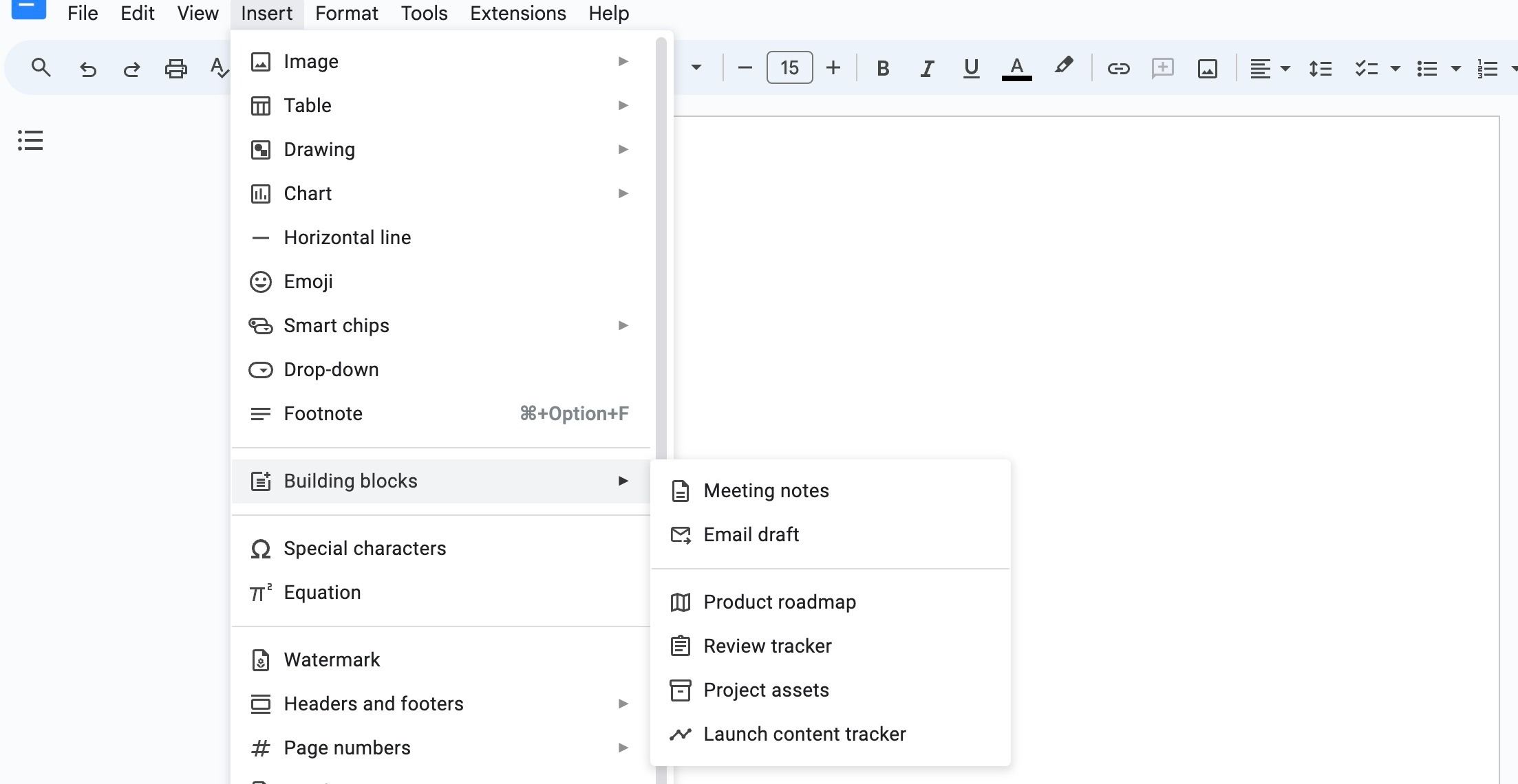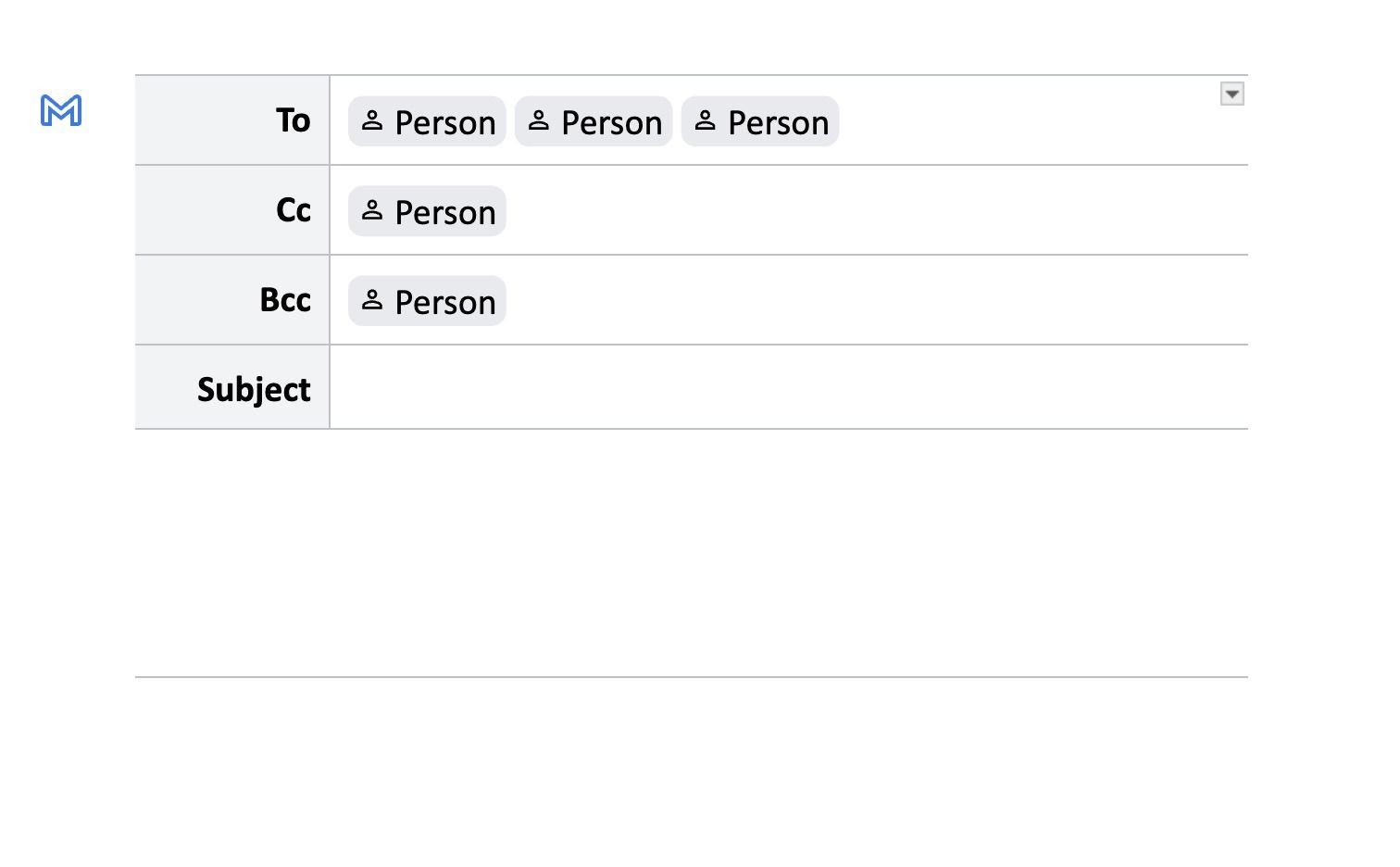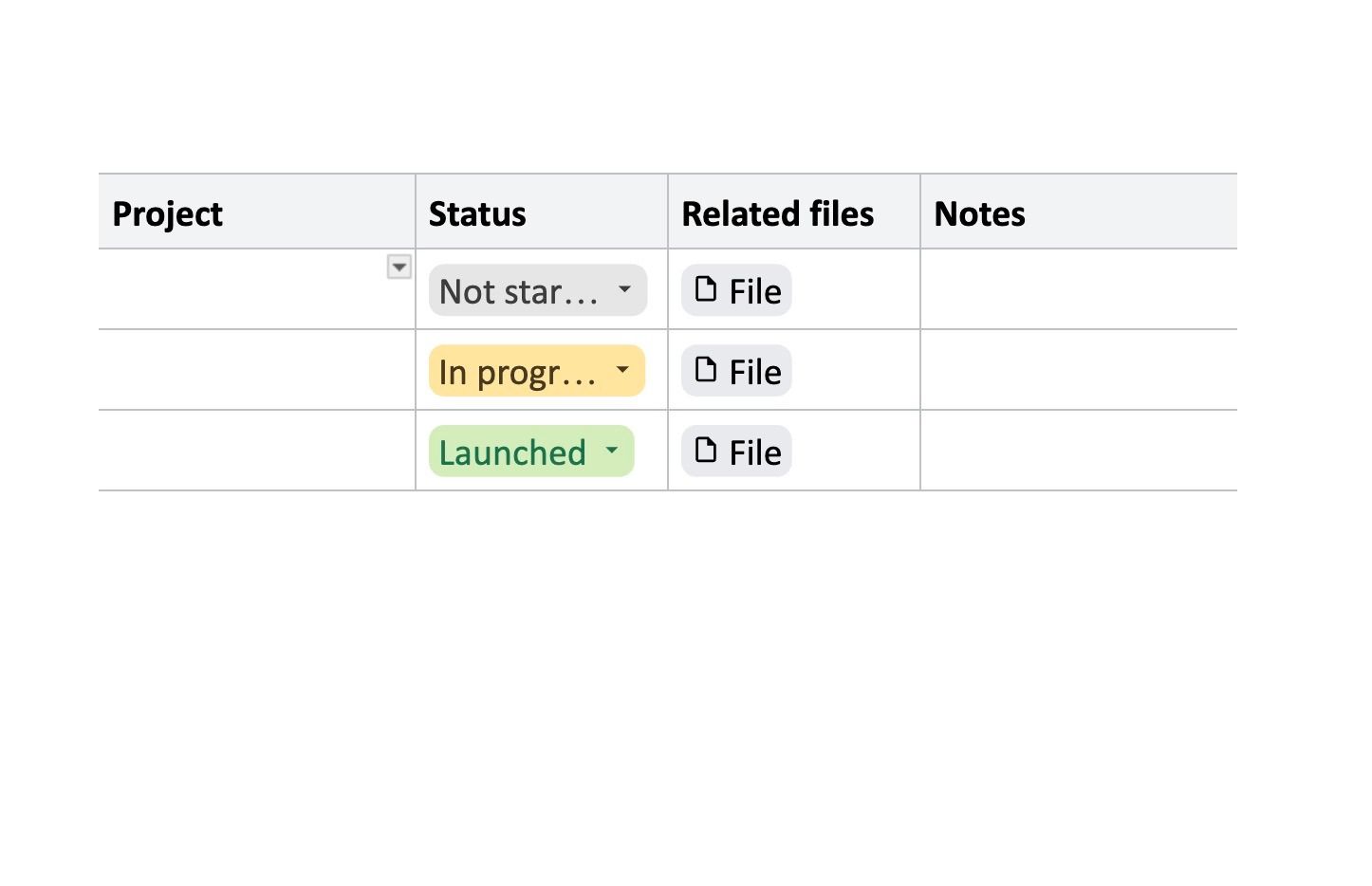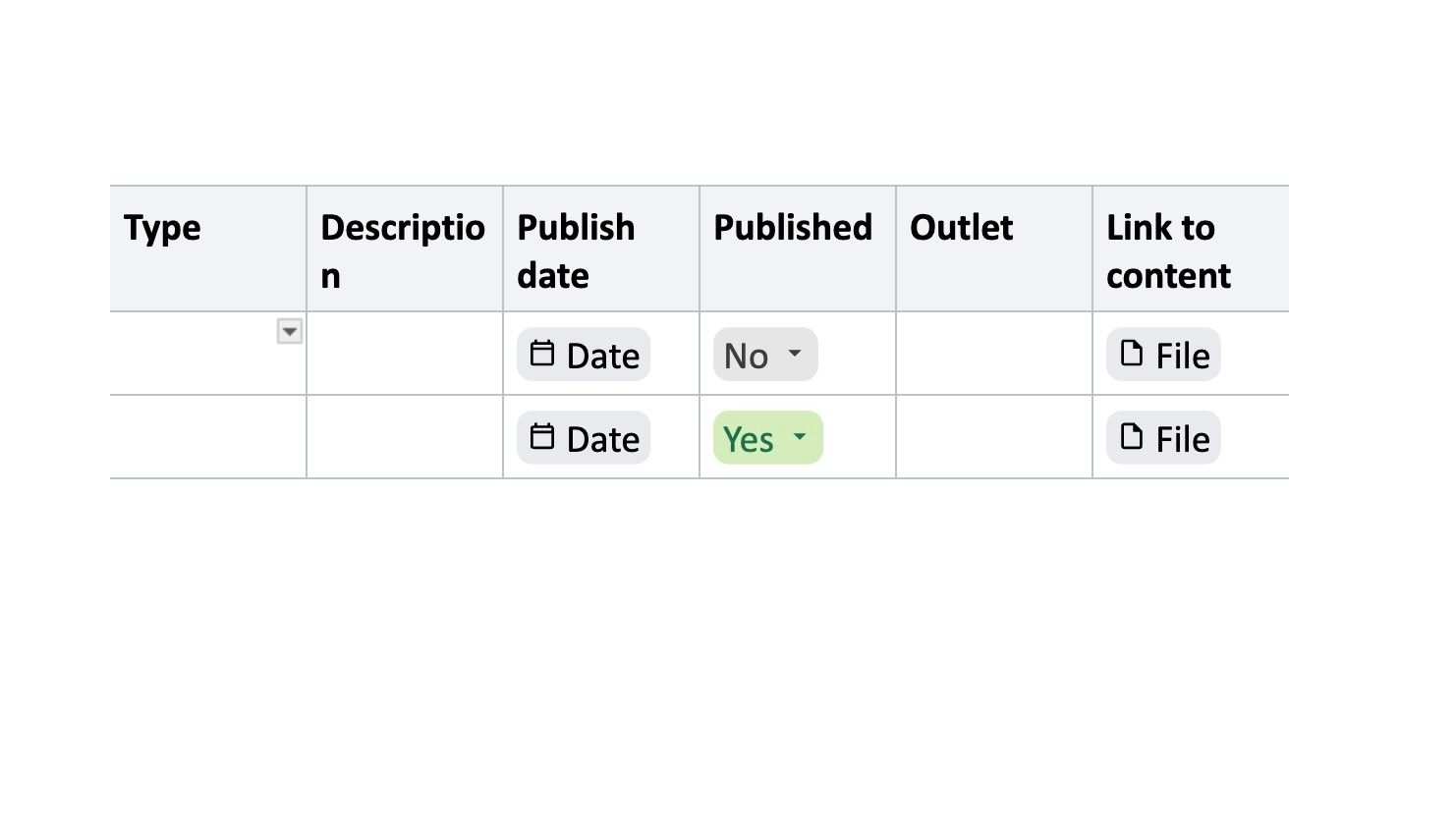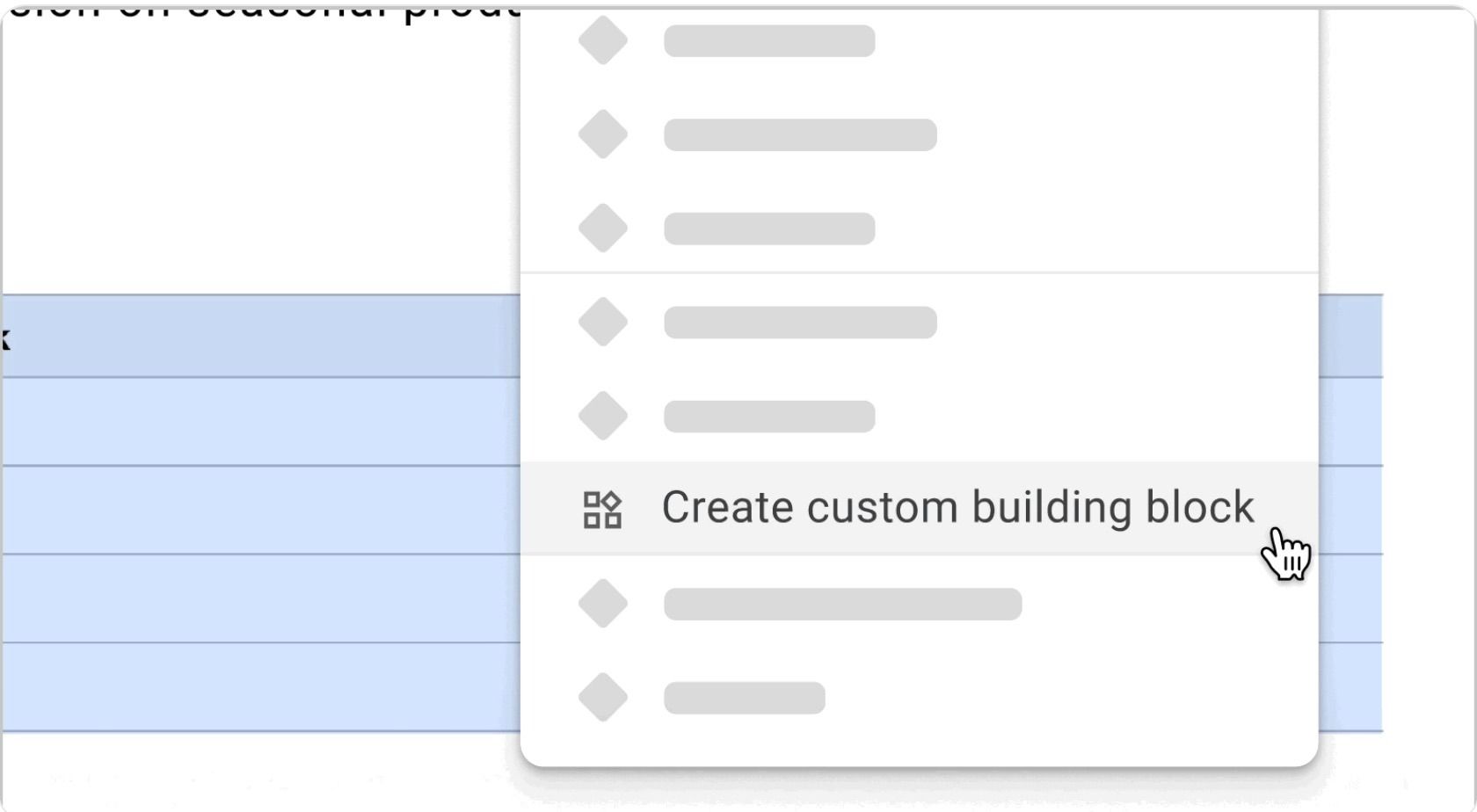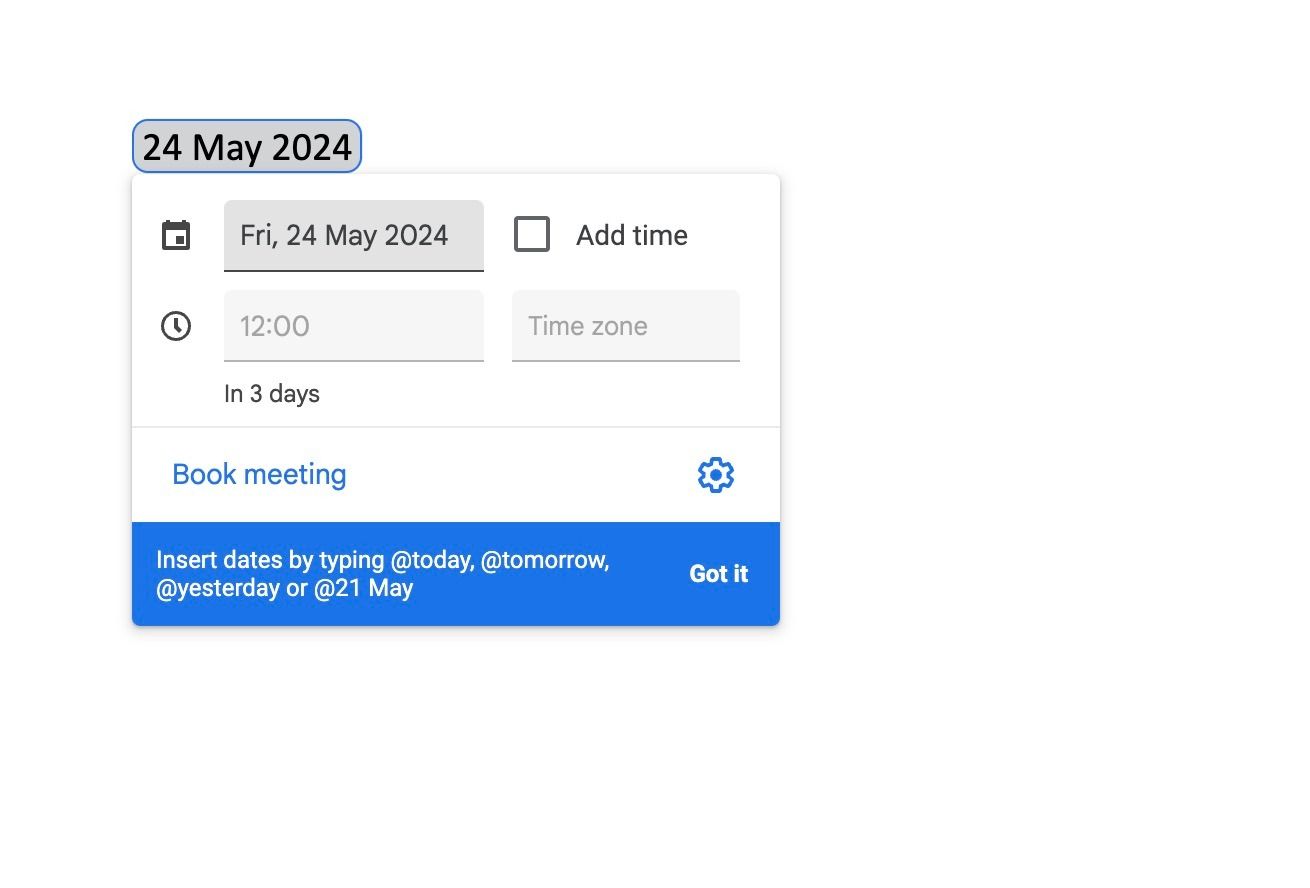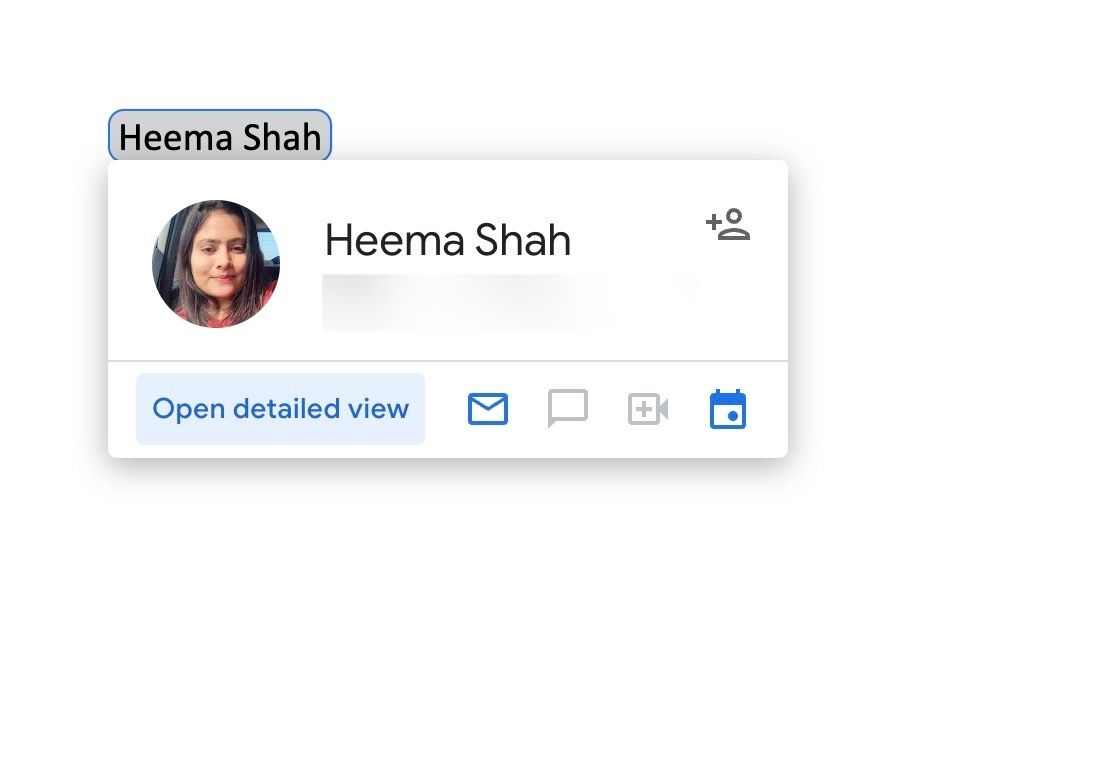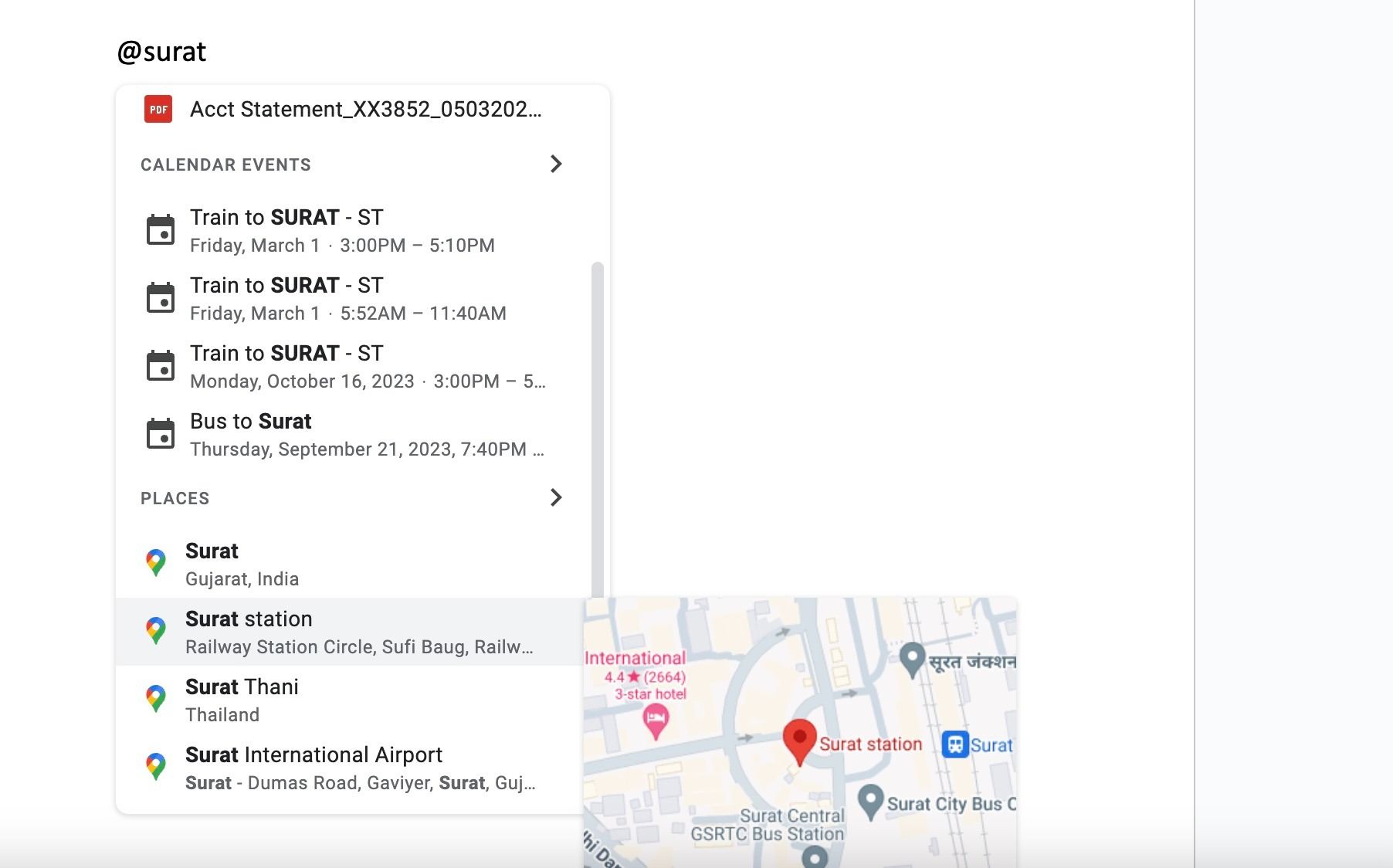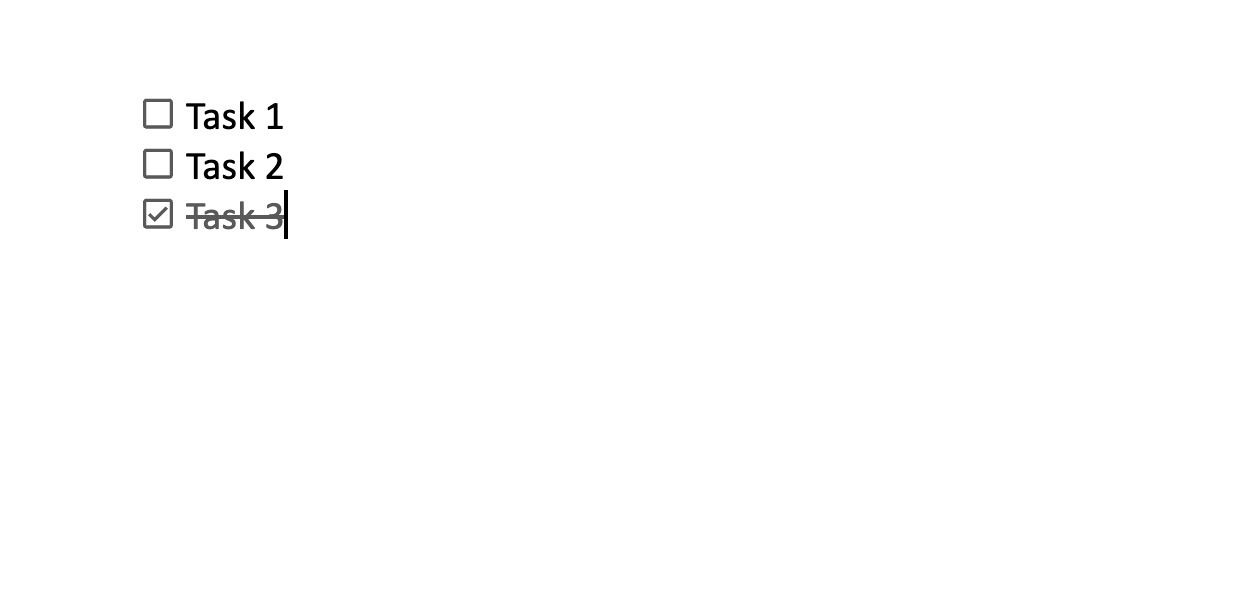Announced at Google I/O in 2021, Smart Canvas offers tools and building blocks to take your collaboration experience to the next level in Google Workspace apps. Since its introduction, Google Docs Smart Canvas has received several features to create a better, flexible, and interactive workflow. If you are new to Smart Canvas in Google Docs, continue reading to learn about Google’s transformative approach to making Docs more dynamic and collaborative.
Whether you want to create collaborative checklists or small projects, jot down meeting notes, or generate auto summaries in Docs, explore Smart Canvas tools to get the work done in style. Before we dive into Smart Canvas features, let’s have a quick word about Google’s game-changing innovation.
Although Google Docs has apps for mobile and tablet, we focus on its feature-rich web app, which you can access on a Mac, a desktop, and an
affordable Chromebook
.
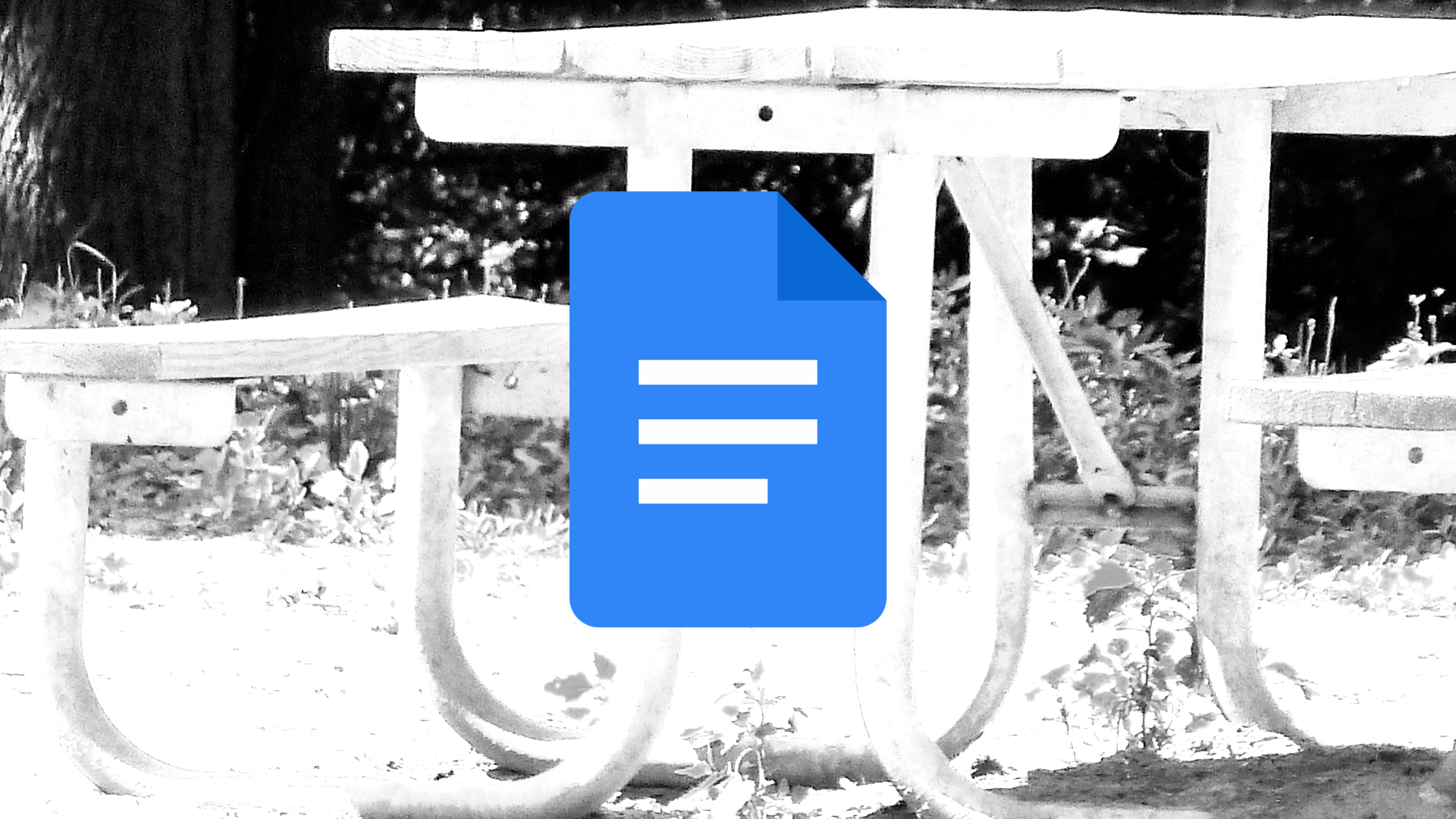
How to create a table of contents in Google Docs
Give your readers an overview of what they’ll find in your long documents
Google Docs Smart Canvas explained
It’s 2024, and Google Docs isn’t limited to drafting and sharing documents. Due to ever-evolving user needs and the landscape of digital collaboration, Google introduced Smart Canvas to create connected experiences in Google Docs.
Smart Canvas is a new product experience built into Google Workspace apps like Docs, Slides, and Sheets. It uses building blocks, templates, custom blocks, smart chips, and more to maximize your productivity. You don’t need to switch between Google Tasks, Calendar, and project management apps. You can use templates and smart chips to replicate the same within a Google Docs page. Smart Canvas is a crucial element in Google’s mission to build the future of work.
Google Smart Canvas building blocks
Smart Canvas uses blocks, templates, and smart chips to expand your Google Docs capabilities. When you create a new document in Google Docs, you may notice several templates like Meeting notes, Email drafts, and Calendar event drafts at the top. Google calls these blocks, and you can find more of them under the Insert > Building blocks menu. Let’s go over them quickly.
- Email draft: Enter the recipient’s email address, the email’s subject, and a message. When the details are ready, open it in Gmail for a quick preview and select Send.
- Meeting notes: Display your schedule from Google Calendar. Select any meeting and insert the date, the meeting title, and attendees into a document. Then, write meeting notes and action items and share them among team members.
- Calendar event draft: Quickly create a new calendar event. Enter the event title, guests, start and end times, location, and description. Then, open Google Calendar to plan an event.
- Product roadmap: This basic project management block lets you enter a project name, track status, related files, and notes. It doesn’t rival complex project management tools like Jira or Asana.
- Review tracker: This is a variant of the product roadmap with small tweaks. Use the reviewer column to assign tasks to members, check task status, and jot down notes for them.
- Project assets: Track all project assets in a Google Docs document. Insert files, enter relevant descriptions, and view their current status.
- Launch content tracker: Manage your project launches with required details like type, description, publish date, status, outlet, and content files.
Blocks offer a quick starting point for your document. You can insert them into your existing documents. The existing block collection in Google Docs is slim but effective.
Create custom building blocks
So far, we have talked about default blocks in Google Docs. You can also create custom blocks that meet your requirements.
Custom building blocks are only available for eligible work or school accounts. If you have a personal account, upgrade to one of the Google Workspace plans to unlock the functionality.
- Open a document in Google Docs.
- Type @custom building block and select New custom building block +.
Source: Google
- Select the content you want to turn into a block.
- Click Save from the pop-out at the top.
- Enter the block name and description, and select Create.
Type @ and enter the name of your custom block to find and insert it. You can find the same under the Insert > Building Blocks > Custom building block menu. Visit Google’s official page to learn more about custom building blocks in Google Docs.
Smart Chips in Google Docs
Smart Chips are interactive elements that display more information in Google Docs. Smart Chips coupled with building blocks unlock more possibilities in your document. Type @ and enter the smart chip, or find them in the Insert > Smart chips menu.
- Date: Type @date and insert interactive dates into a document. Click it to create a new meeting. It’s primarily used in product roadmap and meeting notes blocks.
- People: One of the popular chips in Google Docs. When you insert a people chip, place a cursor over a person’s name to check their email address and other shortcuts.
- File: Type @ and enter a file name to insert documents from Google Cloud.
- Calendar event: Type @ and enter the calendar event into Google Docs. The chip may come in handy in specific databases.
- Place: Uses Google Maps integration to insert places into a document.
- Image: Type @image and upload pictures from your computer, the web, Google Drive, Google Photos, or your camera.
- Dropdown: Another popular smart chip for Google Docs users. Use it to create a drop-down menu with custom responses, answers, or statuses for your projects.
- Checklist: Create a to-do list in a Google Docs document. Insert radio boxes to create and collaborate on tasks with others.
There is also an emoji chip to insert emoji blocks in a database. Your team members can use these emojis to express themselves. If you don’t want to trigger a smart chip, press the spacebar after entering @.
Google supports smart chips from third-party apps. You can enter smart chips from Asana, AODocs, Figma, Miro, Zendesk, and Atlassian. Microsoft is missing from the list.
Smart Canvas also offers variables to create a clutter-free workflow. For example, when creating invoices, contracts, or business letters, enter pre-defined placeholders like the client name, date, and address, and save time on repetitive workflows.
Supercharge your Google Docs document in no time
Smart Canvas has huge potential. It’s a promising offering that could make Google Docs competitive against Notion and Microsoft Loop. It will be interesting to see how Google improvises Smart Canvas in the coming weeks.
Along with Smart Canvas, Google Docs has useful features for drafting a document like a pro. Read our dedicated Google Docs tips and tricks tutorial to learn more.




